Some performances are so meticulously crafted that they make you question reality itself. Nico Muhly’s Marnie is one such production, where costume design and set transitions become as much a part of the story as the music and acting. Watching this opera unfold was like stepping into a kaleidoscope constantly shifting, always captivating, and utterly unforgettable.
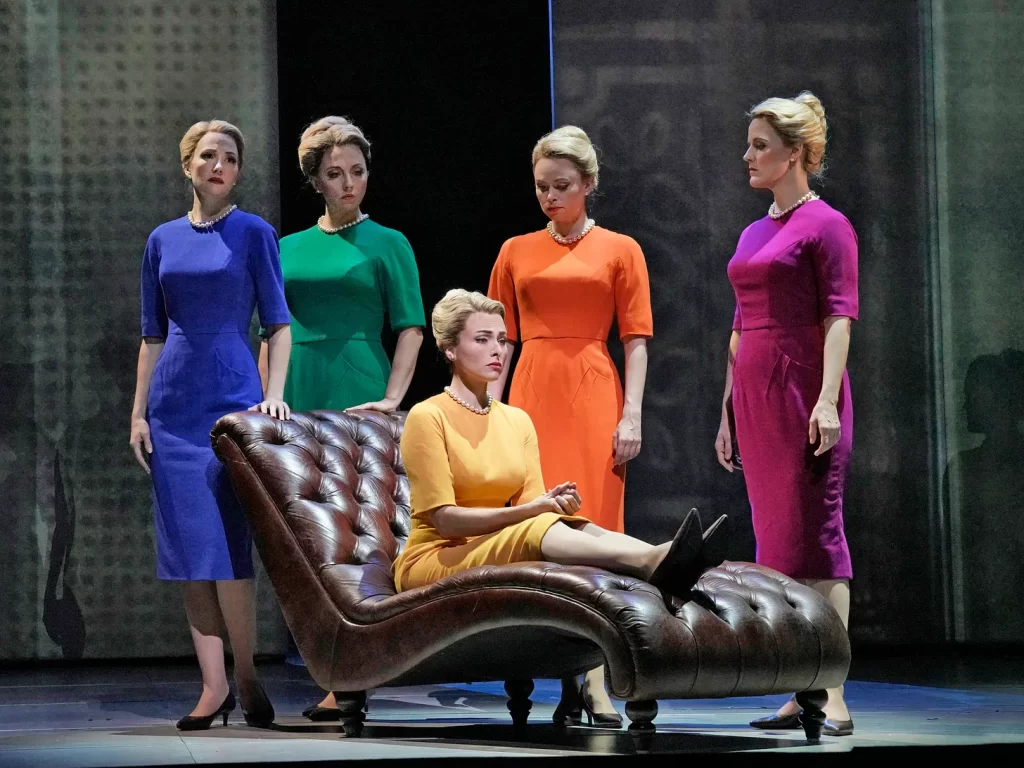
Set Transitions that Blur the Line Between Performer and Stage
What struck me most about Marnie Opera was the brilliance of its set transitions. Male dancers in sleek suits glide onto the stage, seamlessly moving props and scenery while blending into the narrative. Their presence was so fluid and perfectly timed that I often didn’t realize what was happening until the transformation was complete.
One moment, the stage was a vibrant office space; the next, it had morphed into a tranquil park. It was as though the set itself was alive, breathing and shifting in rhythm with the story. I found myself wondering did they move me, or did they move the set? The line between audience and performer felt delightfully blurred, immersing me fully in the experience.
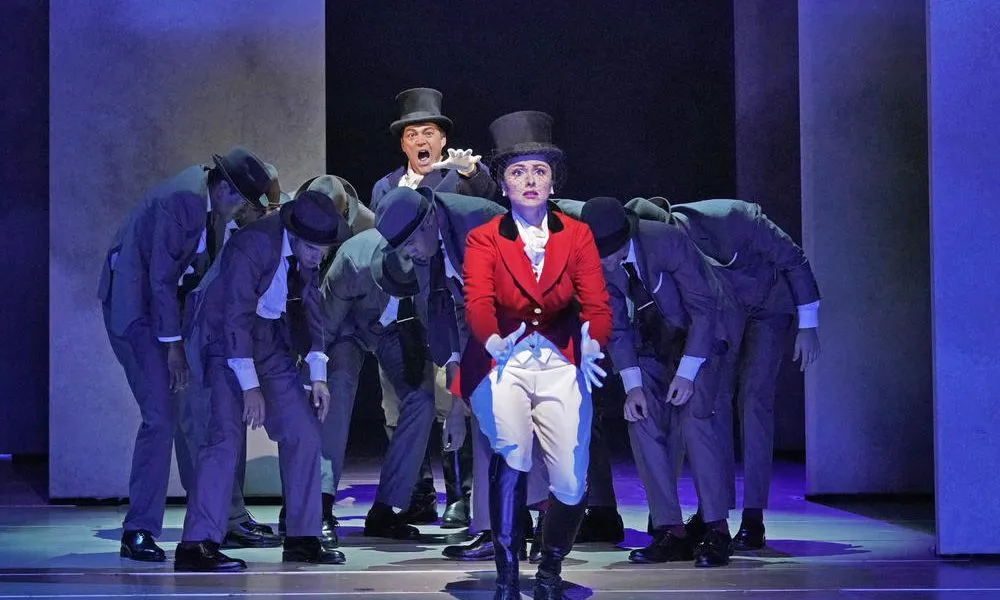
Costumes as Storytelling Characters
And then, the costumes. Each piece was a masterpiece of storytelling, reflecting Marnie’s internal conflicts and the world around her. The color palette, the tailoring, and the way the fabrics caught the light everything felt intentional and perfectly aligned with the narrative.
Isabel Leonard’s portrayal of Marnie was elevated by costumes that seemed to evolve with her character, mirroring her shifting identities and inner turmoil. It’s rare to see costumes play such an integral role in a performance, but here, they were practically characters in their own right, helping the audience connect more deeply with Marnie’s journey.
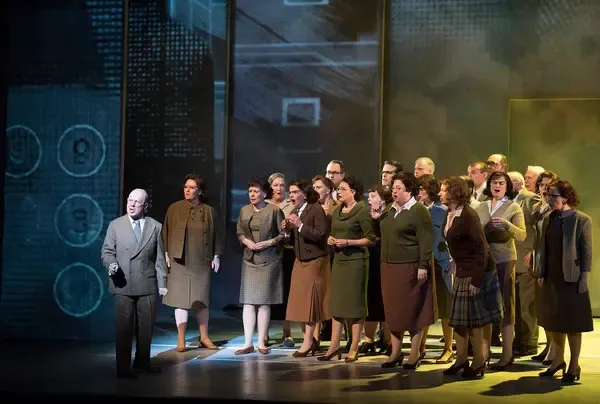
A Score that Intensifies the Emotional Journey
The music, of course, was equally compelling. Muhly’s score is modern yet accessible, weaving tension and emotion into every scene. The interplay between the orchestra and the singers created a soundscape that pulled you into Marnie’s world, amplifying her fears, desires, and struggles. It’s the kind of music that stays with you, lingering in your mind long after the final note fades.
For me, Marnie Opera wasn’t just an opera it was an experience a lesson in how all the elements of a production can come together to create something greater than the sum of its parts. It’s a reminder that in the hands of true artists, even the smallest details like a perfectly placed prop or a carefully timed exit—can leave an indelible mark.
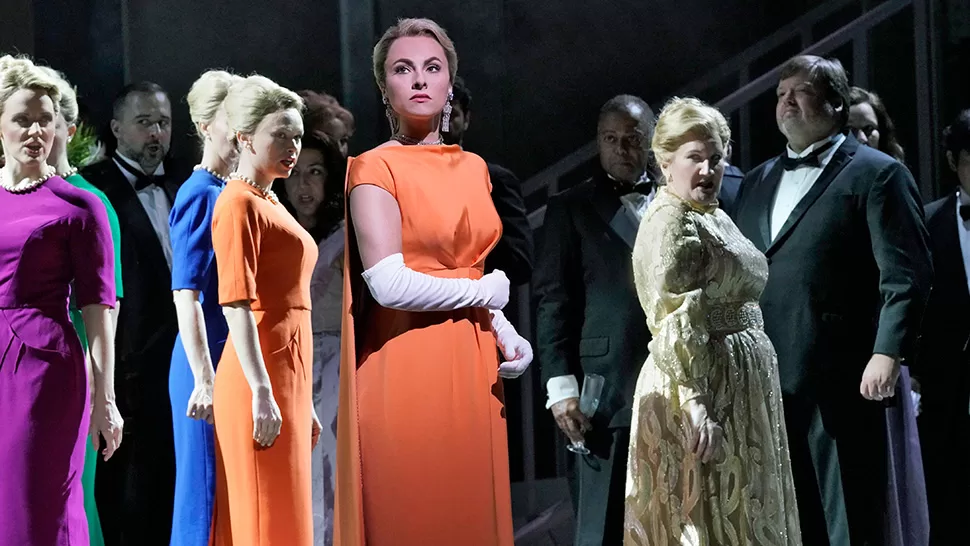
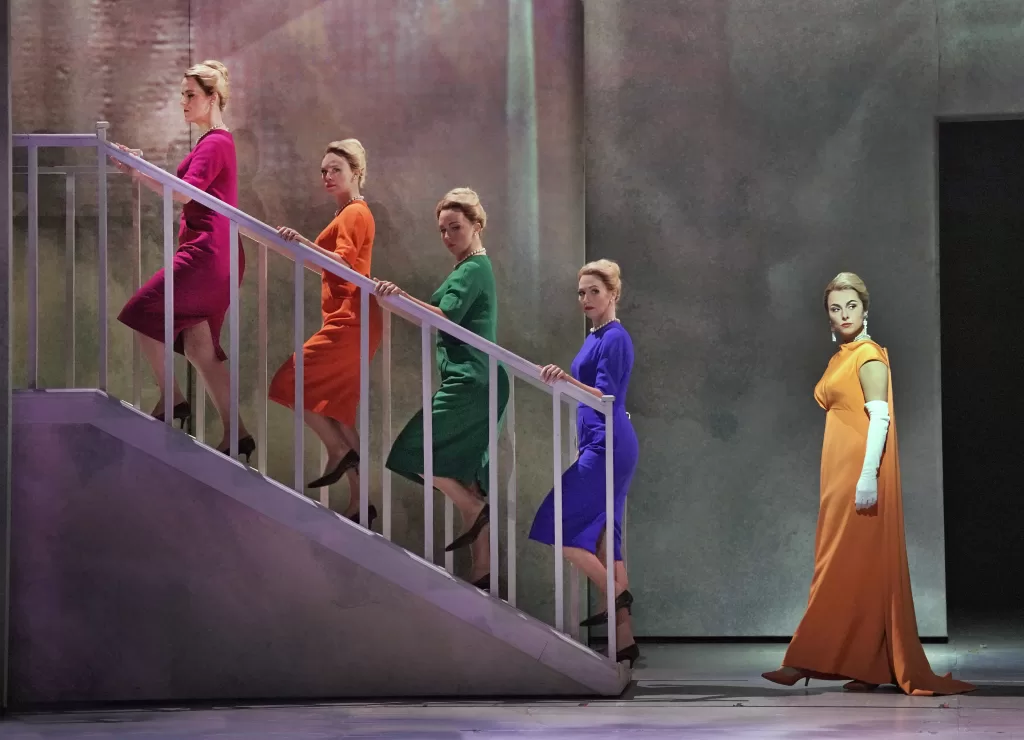
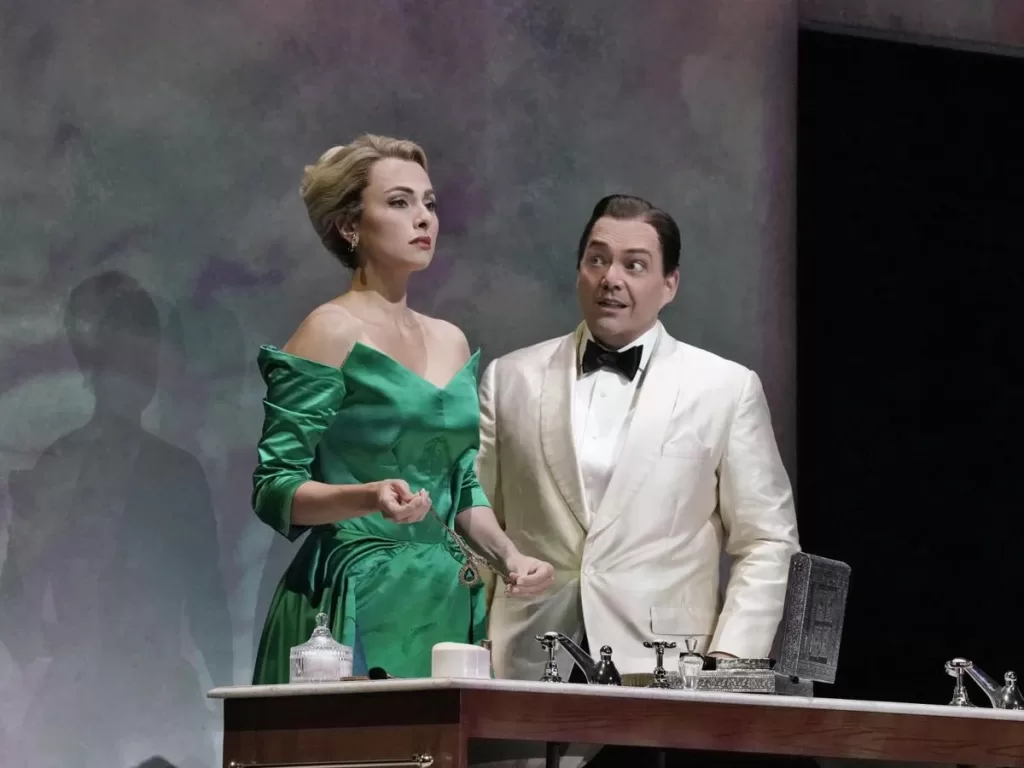
If you haven’t seen Marnie, I highly recommend catching a glimpse through this preview or diving into the world of its breathtaking costumes here. It’s a production that challenges you to see opera not just as music, but as a full sensory experience where every element works in harmony to tell a story. Interested in discovering more Operas check out our other reviews Francesca da Rimini here and The Fire Shut Up In My Bones here.
If you’ve been craving a way to move without judgment, Movement for Movement’s Sake offers 10 gentle days to reconnect with your body on your terms. HERE!
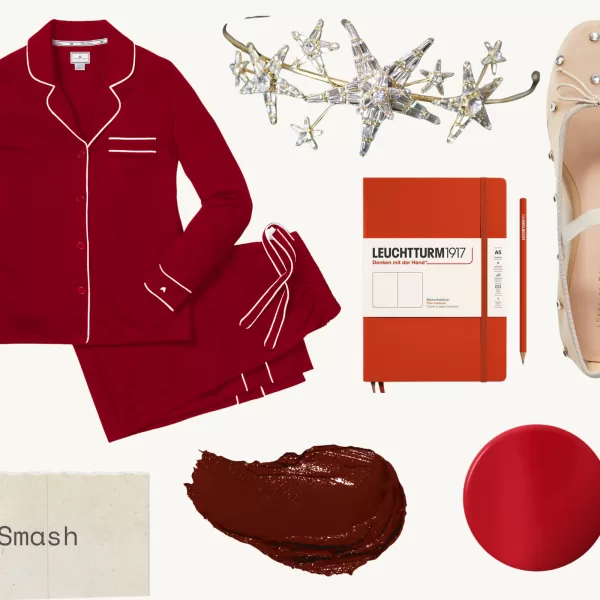


[…] ensuring you’re ready for every dramatic moment that unfolds. Check out our performance review here. What’s your go-to outfit for a night at the opera? Let’s chat in the comments below! […]